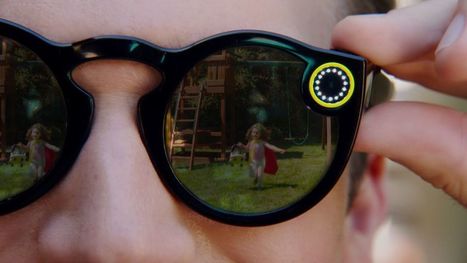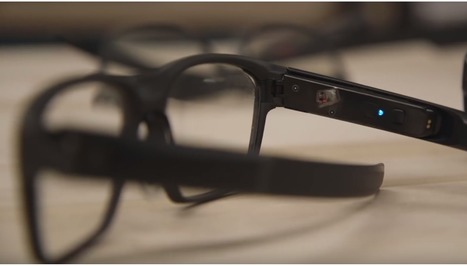One use of ChatGPT, the superstar chatbot created by generative AI firm OpenAI, is drafting privacy notices. Ironically, ChatGPT itself is under scrutiny from data protection experts.
While the various uses of ChatGPT – and other generative AI – can raise ethical and legal concerns regarding the violation of data privacy, as Infosecurity previously investigated, some experts are questioning the very existence of OpenAI’s chatbot for privacy reasons.
Learn more / En savoir plus / Mehr erfahren:
https://www.scoop.it/topic/21st-century-innovative-technologies-and-developments/?&tag=ChatGPT
https://www.scoop.it/t/21st-century-innovative-technologies-and-developments/?&tag=AI
https://www.scoop.it/topic/21st-century-innovative-technologies-and-developments/?&tag=Ethics



 Your new post is loading...
Your new post is loading...



















One use of ChatGPT, the superstar chatbot created by generative AI firm OpenAI, is drafting privacy notices. Ironically, ChatGPT itself is under scrutiny from data protection experts.
While the various uses of ChatGPT – and other generative AI – can raise ethical and legal concerns regarding the violation of data privacy, as Infosecurity previously investigated, some experts are questioning the very existence of OpenAI’s chatbot for privacy reasons.
Learn more / En savoir plus / Mehr erfahren:
https://www.scoop.it/topic/21st-century-innovative-technologies-and-developments/?&tag=ChatGPT
https://www.scoop.it/t/21st-century-innovative-technologies-and-developments/?&tag=AI
https://www.scoop.it/topic/21st-century-innovative-technologies-and-developments/?&tag=Ethics